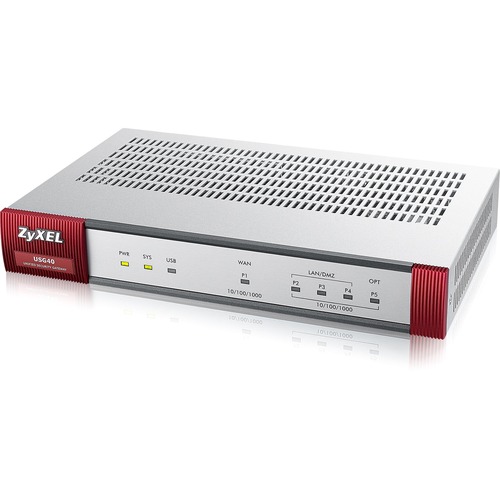


Note: The caution symbol to the right will appear on areas where input is required or if there is a mistake with the entry, such as illegal/unsupported characters. Click the OK button to save/apply the settings.Select the Diffie-Hellman key group (options are DH1, DH2, DH5, DH14).Set the "Encryption" and "Authentication" proposal you wish to use (Encryption options are DES, 3DES, AES128, AES192, AES256) (Authentication options are MD5, SHA1, SHA256, SHA512).
 Under the Phase 1 Settings be sure to have the Negotiation Mode set to "Main" mode. Under Authentication create a "Pre-Shared Key". Make sure the Peer Gateway Address is set to "Dynamic Address". Select the WAN interface you wish to use to connect the VPN under the My Address dropdown field or select "Domain Name/IPv4" to manually type in the public IP address or domain/DDNS hostname. Select IKEv1 for the "IKE Version" (Mode Config compatible). Check the box to enable the VPN rule and provide a name. On the top left of the window click the "Show Advanced Settings" button to view all available setup options in the menu. Click the Add button to insert a new rule. In the IPSec VPN menu click the " VPN Gateway" tab to add Phase 1 of the tunnel setup. To create the VPN rule (policy) go to menu Configuration( ) → VPN → IPSec VPN. Enter a new administrative password and click the " Apply" button to save the change.Ĭlick " Ignore" to keep the default password (1234) and continue with the setup. The following screen will prompt to update the administrator password. Click the Login button to enter the WebGUI. When prompted for user credentials, type in admin for the "User Name" and 1234 for the "Password". On the address bar type, and press ENTER/RETURN to access the WebGUI. To access the web configuration page please open a web browser on your computer (Internet Explorer, Mozilla Firefox, Google Chrome, etc.). Testing & Troubleshooting Accessing the WebUI Third party IPSec software is required to establish the VPN connection as current operating systems lack a built-in IPSec client.
Under the Phase 1 Settings be sure to have the Negotiation Mode set to "Main" mode. Under Authentication create a "Pre-Shared Key". Make sure the Peer Gateway Address is set to "Dynamic Address". Select the WAN interface you wish to use to connect the VPN under the My Address dropdown field or select "Domain Name/IPv4" to manually type in the public IP address or domain/DDNS hostname. Select IKEv1 for the "IKE Version" (Mode Config compatible). Check the box to enable the VPN rule and provide a name. On the top left of the window click the "Show Advanced Settings" button to view all available setup options in the menu. Click the Add button to insert a new rule. In the IPSec VPN menu click the " VPN Gateway" tab to add Phase 1 of the tunnel setup. To create the VPN rule (policy) go to menu Configuration( ) → VPN → IPSec VPN. Enter a new administrative password and click the " Apply" button to save the change.Ĭlick " Ignore" to keep the default password (1234) and continue with the setup. The following screen will prompt to update the administrator password. Click the Login button to enter the WebGUI. When prompted for user credentials, type in admin for the "User Name" and 1234 for the "Password". On the address bar type, and press ENTER/RETURN to access the WebGUI. To access the web configuration page please open a web browser on your computer (Internet Explorer, Mozilla Firefox, Google Chrome, etc.). Testing & Troubleshooting Accessing the WebUI Third party IPSec software is required to establish the VPN connection as current operating systems lack a built-in IPSec client. 
This guide will reference the IPSec protocol to establish a secure VPN tunnel between external hosts (users connected to the internet outside the company network structure) and the ZLD router. There multiple types of VPN protocols/technologies, that can be used to establish a secure link to company network, L2TP, PPTP, SSL, OpenVPN, etc. A remote access VPN (client-to-site) allows employees who are traveling or teleworkers, secure access to company network resources. VPNs are used to transport traffic over the internet of any insecure network that uses TCP/IP communications. OverviewĪ VPN (virtual private network) provides a secure communication between sites without the expense of leased lines. This guide provides an example on creating an IPSec VPN rule to allow user access to local network resources.








 0 kommentar(er)
0 kommentar(er)
